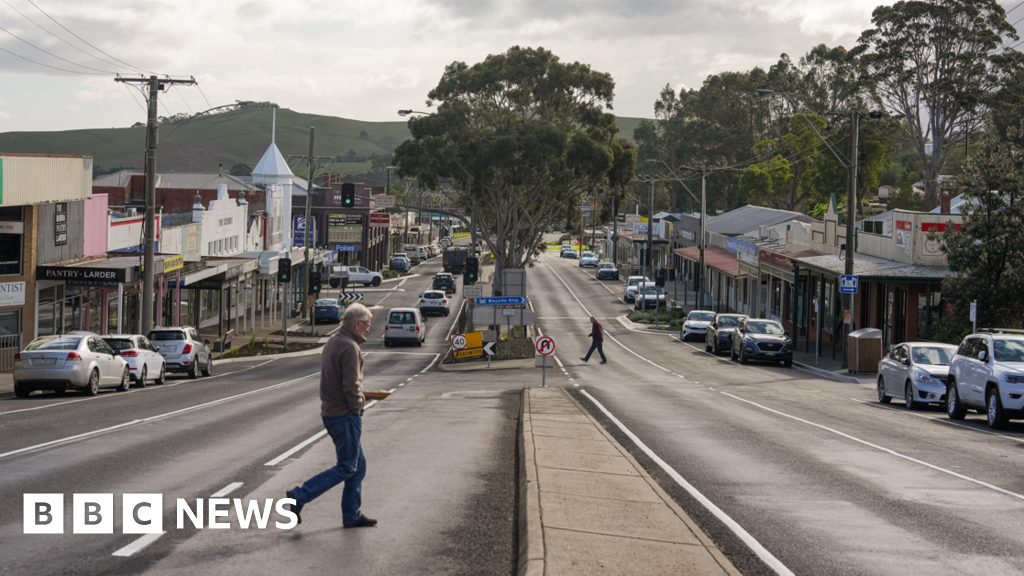A research group led by Associate Professor Takashi Kikuchi and Professor Wei Li from the Department of Pharmacognosy at the Faculty of Pharmaceutical Sciences, Toho University, along with Professor Atsushi Sugiyama from the Department of Pharmacology at the Faculty of Medicine and Industry-Academia Collaboration Advisor Katsuhiko Ito, has analyzed the chemical compounds of the roots of Codonopsis lanceolata (commonly known as “Tsuruninjin”) grown in Nagano Prefecture.
Their findings have revealed the compounds of the plant and, in particular, demonstrated that its major compound, lancemaside A, exhibits vasodilatory effects, suggesting that Codonopsis lanceolata could be effectively utilized as a health-promoting material in the future.
This research was published in the journal Chemistry on January 6, 2025.
The roots of Codonopsis lanceolata grown in Nagano Prefecture were analyzed using high-performance liquid chromatography-mass spectrometry (LC-MS). Twenty-seven compounds, including triterpenoid saponins, polyacetylenes, flavonoids, phenylpropanoids, lignans, glycolipids, phospholipids, and amino acids, were identified. This study represents the first systematic report on the chemical compounds of Japanese Codonopsis lanceolata.
On evaluating the vasodilatory effects of the root fractions—including the major compounds, lancemaside A and lobetyolin—using rat aortic ring specimens, the study confirmed that lancemaside A exhibited significant vasodilatory effects.
The chemical and biological activity findings from this study provide valuable insights into the future use of Codonopsis lanceolata as a health material.
More information:
Chang Luo et al, Comprehensive Chemical Analysis of Codonopsis lanceolata Roots Using Ultra-High-Performance Liquid Chromatography–Quadrupole-Exactive–Orbitrap Mass Spectrometry, Chemistry (2025). DOI: 10.3390/chemistry7010004
Citation:
Chemical analysis of Codonopsis lanceolata roots shows significant vasodilatory effects from compound (2025, March 24)
retrieved 24 March 2025
from
This document is subject to copyright. Apart from any fair dealing for the purpose of private study or research, no
part may be reproduced without the written permission. The content is provided for information purposes only.

















